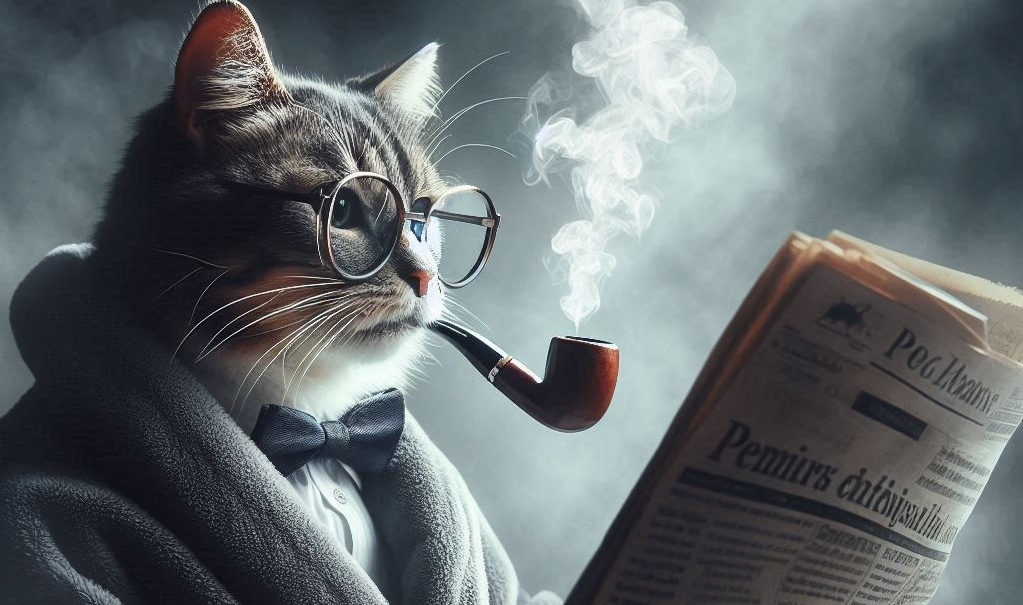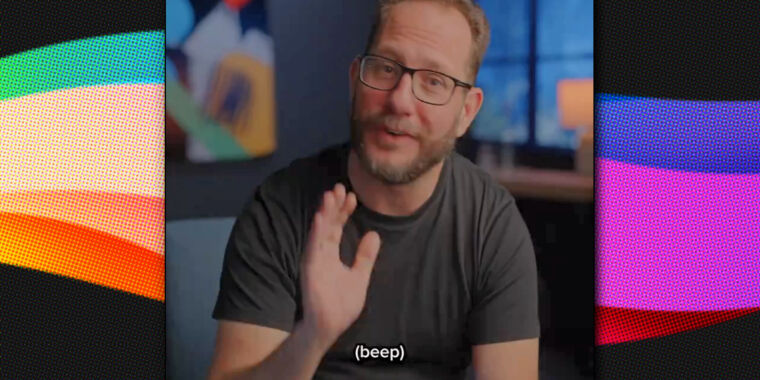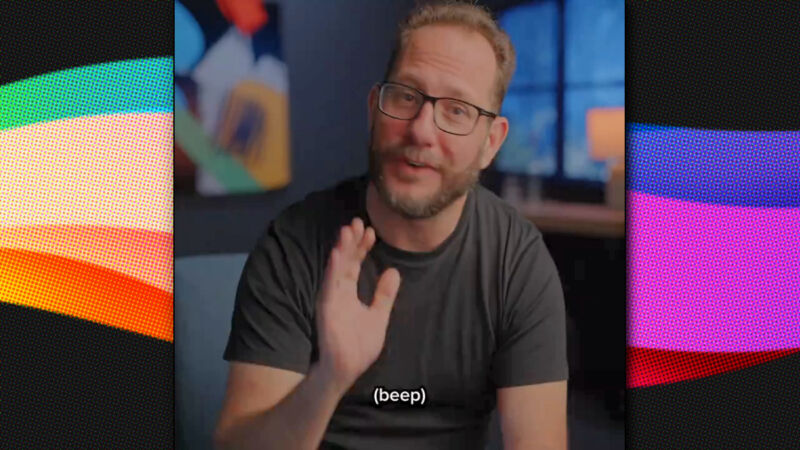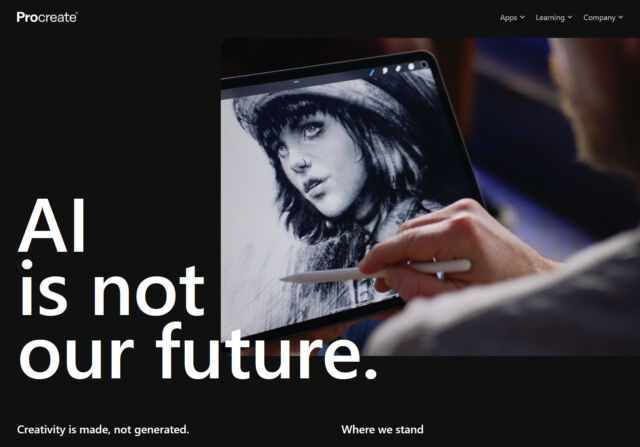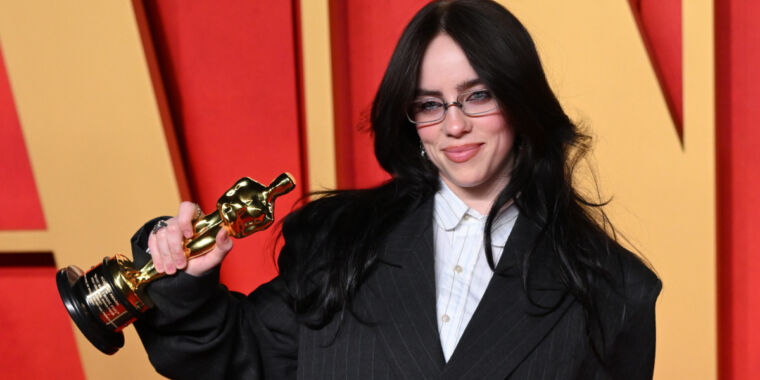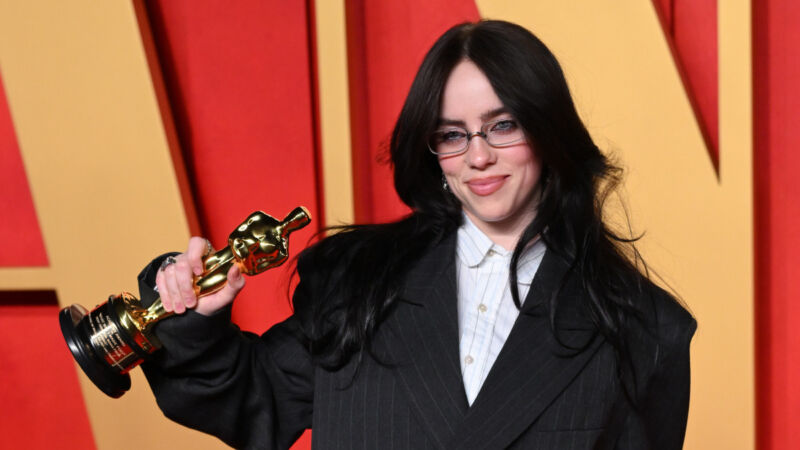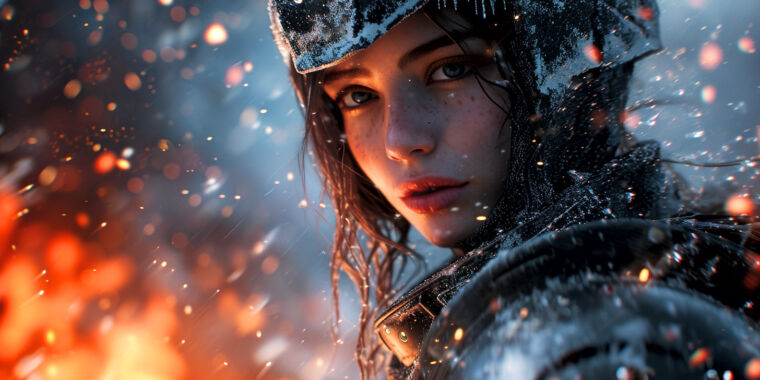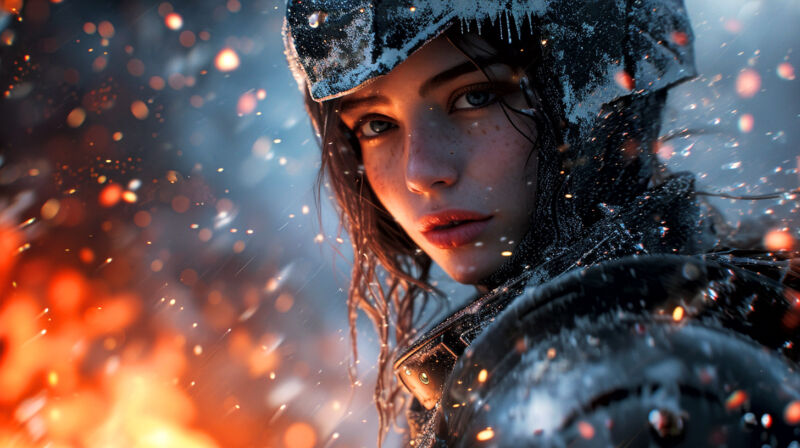Copyright Office suggests AI copyright debate was settled in 1965
Most people think purely AI-generated works shouldn’t be copyrighted, report says.
Ars used Copilot to generate this AI image using the precise prompt the Copyright Office used to determine that prompting alone isn’t authorship. Credit: AI image generated by Copilot
The US Copyright Office issued AI guidance this week that declared no laws need to be clarified when it comes to protecting authorship rights of humans producing AI-assisted works.
“Questions of copyrightability and AI can be resolved pursuant to existing law, without the need for legislative change,” the Copyright Office said.
More than 10,000 commenters weighed in on the guidance, with some hoping to convince the Copyright Office to guarantee more protections for artists as AI technologies advance and the line between human- and AI-created works seems to increasingly blur.
But the Copyright Office insisted that the AI copyright debate was settled in 1965 after commercial computer technology started advancing quickly and “difficult questions of authorship” were first raised. That was the first time officials had to ponder how much involvement human creators had in works created using computers.
Back then, the Register of Copyrights, Abraham Kaminstein—who was also instrumental in codifying fair use—suggested that “there is no one-size-fits-all answer” to copyright questions about computer-assisted human authorship. And the Copyright Office agrees that’s still the case today.
“Very few bright-line rules are possible,” the Copyright Office said, with one obvious exception. Because of “insufficient human control over the expressive elements” of resulting works, “if content is entirely generated by AI, it cannot be protected by copyright.”
The office further clarified that doesn’t mean that works assisted by AI can never be copyrighted.
“Where AI merely assists an author in the creative process, its use does not change the copyrightability of the output,” the Copyright Office said.
Following Kaminstein’s advice, officials plan to continue reviewing AI disclosures and weighing, on a case-by-case basis, what parts of each work are AI-authored and which parts are human-authored. Any human-authored expressive element can be copyrighted, the office said, but any aspect of the work deemed to have been generated purely by AI cannot.
Prompting alone isn’t authorship, Copyright Office says
After doing some testing on whether the same exact prompt can generate widely varied outputs, even from the same AI tool, the Copyright Office further concluded that “prompts do not alone provide sufficient control” over outputs to allow creators to copyright purely AI-generated works based on highly intelligent or creative prompting.
That decision could change, the Copyright Office said, if AI technologies provide more human control over outputs through prompting.
New guidance noted, for example, that some AI tools allow prompts or other inputs “to be substantially retained as part of the output.” Consider an artist uploading an original drawing, the Copyright Office suggested, and prompting AI to modify colors, or an author uploading an original piece and using AI to translate it. And “other generative AI systems also offer tools that similarly allow users to exert control over the selection, arrangement, and content of the final output.”

The Copyright Office drafted this prompt to test artists’ control over expressive inputs that are retained in AI outputs. Credit: Copyright Office
“Where a human inputs their own copyrightable work and that work is perceptible in the output, they will be the author of at least that portion of the output,” the guidelines said.
But if officials conclude that even the most iterative prompting doesn’t perfectly control the resulting outputs—even slowly, repeatedly prompting AI to produce the exact vision in an artist’s head—some artists are sure to be disappointed. One artist behind a controversial prize-winning AI-generated artwork has staunchly defended his rigorous AI prompting as authorship.
However, if “even expert researchers are limited in their ability to understand or predict the behavior of specific models,” the Copyright Office said it struggled to see how artists could. To further prove their point, officials drafted a lengthy, quirky prompt about a cat reading a Sunday newspaper to compare different outputs from the same AI image generator.

Copyright Office drafted a quirky, lengthy prompt to test creative control over AI outputs. Credit: Copyright Office
Officials apparently agreed with Adobe, which submitted a comment advising the Copyright Office that any output is “based solely on the AI’s interpretation of that prompt.” Academics further warned that copyrighting outputs based only on prompting could lead copyright law to “effectively vest” authorship adopters with “rights in ideas.”
“The Office concludes that, given current generally available technology, prompts alone do not provide sufficient human control to make users of an AI system the authors of the output. Prompts essentially function as instructions that convey unprotectable ideas,” the guidance said. “While highly detailed prompts could contain the user’s desired expressive elements, at present they do not control how the AI system processes them in generating the output.”
Hundreds of AI artworks are copyrighted, officials say
The Copyright Office repeatedly emphasized that most commenters agreed with the majority of their conclusions. Officials also stressed that hundreds of AI artworks submitted for registration, under existing law, have been approved to copyright the human-authored elements of their works. Rejections are apparently expected to be less common.
“In most cases,” the Copyright Office said, “humans will be involved in the creation process, and the work will be copyrightable to the extent that their contributions qualify as authorship.”
For stakeholders who have been awaiting this guidance for months, the Copyright Office report may not change the law, but it offers some clarity.
For some artists who hoped to push the Copyright Office to adapt laws, the guidelines may disappoint, leaving many questions about a world of possible creative AI uses unanswered. But while a case-by-case approach may leave some artists unsure about which parts of their works are copyrightable, seemingly common cases are being resolved more readily. According to the Copyright Office, after each decision, it gets easier to register AI works that meet similar standards for copyrightability. Perhaps over time, artists will grow more secure in how they use AI and whether it will impact their exclusive rights to distribute works.
That’s likely cold comfort for the artist advocating for prompting alone to constitute authorship. One AI artist told Ars in October that being denied a copyright has meant suffering being mocked and watching his award-winning work freely used anywhere online without his permission and without payment. But in the end, the Copyright Office was apparently more sympathetic to other commenters who warned that humanity’s progress in the arts could be hampered if a flood of easily generated, copyrightable AI works drowned too many humans out of the market.
“We share the concerns expressed about the impact of AI-generated material on human authors and the value that their creative expression provides to society. If a flood of easily and rapidly AI-generated content drowns out human-authored works in the marketplace, additional legal protection would undermine rather than advance the goals of the copyright system. The availability of vastly more works to choose from could actually make it harder to find inspiring or enlightening content.”
New guidance likely a big yawn for AI companies
For AI companies, the copyright guidance may mean very little. According to AI company Hugging Face’s comments to the Copyright Office, no changes in the law were needed to ensure the US continued leading in AI innovation, because “very little to no innovation in generative AI is driven by the hope of obtaining copyright protection for model outputs.”
Hugging Face’s Head of ML & Society, Yacine Jernite, told Ars that the Copyright Office seemed to “take a constructive approach” to answering some of artists’ biggest questions about AI.
“We believe AI should support, not replace, artists,” Jernite told Ars. “For that to happen, the value of creative work must remain in its human contribution, regardless of the tools used.”
Although the Copyright Office suggested that this week’s report might be the most highly anticipated, Jernite said that Hugging Face is eager to see the next report, which officials said would focus on “the legal implications of training AI models on copyrighted works, including licensing considerations and the allocation of any potential liability.”
“As a platform that supports broader participation in AI, we see more value in distributing its benefits than in concentrating all control with a few large model providers,” Jernite said. “We’re looking forward to the next part of the Copyright Office’s Report, particularly on training data, licensing, and liability, key questions especially for some types of output, like code.”
Copyright Office suggests AI copyright debate was settled in 1965 Read More »
